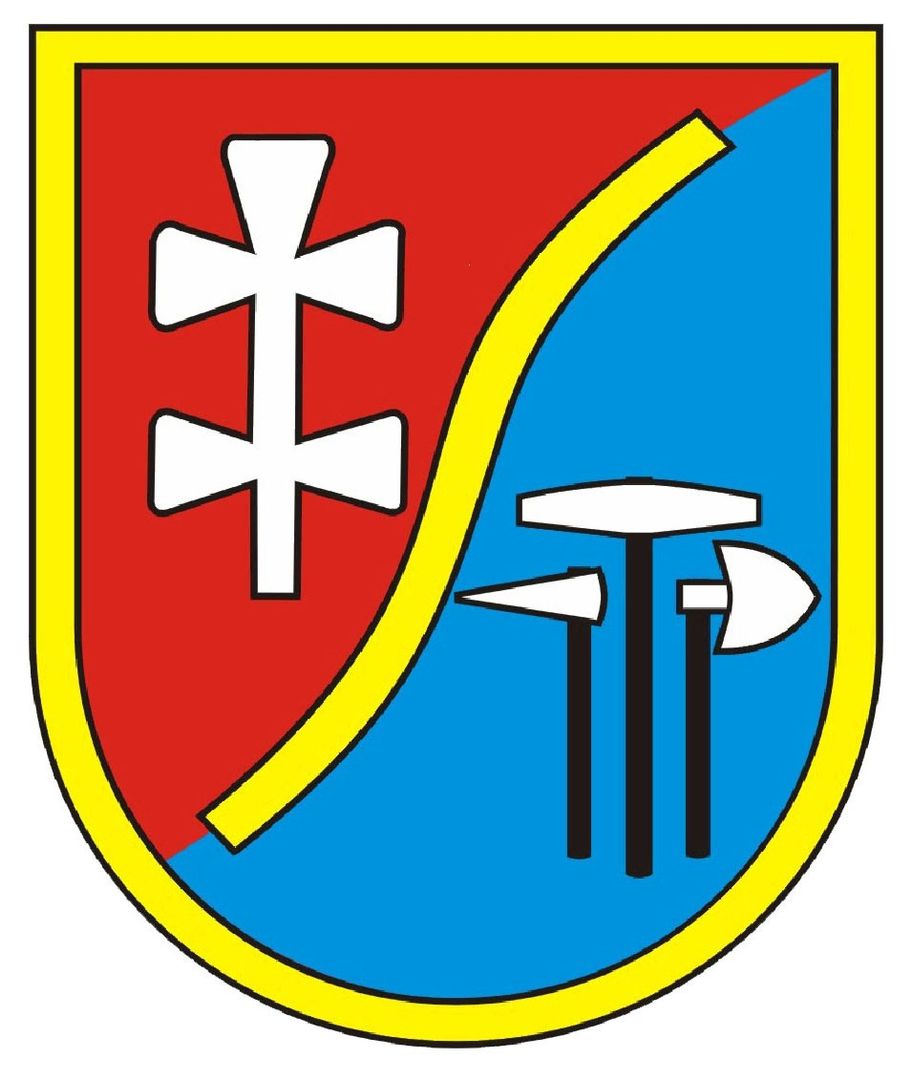Gawłów
6.3

Overview
Gawłów is a village located in the Lesser Poland Voivodeship, in Bochnia County, within the commune of Bochnia, on the right bank of the Raba River. Settlement in this area dates back to the Neolithic period, and archaeological research has also uncovered traces of early medieval habitation. In the 14th century, Gawłów gained significance when Casimir the Great demarcated the village boundaries, which was related to a conflict with the administrator of the Niepołomice estate. At that time, the inhabitants of Gawłów were engaged in food-related crafts, and the village attracted traders thanks to Magdeburg Law, which allowed for weekly markets. In the 15th century, Gawłów passed into the hands of various owners, including the Kmita and Kuropatwa families, and settlement expanded due to the food industry and fishing. After the First Partition of Poland in 1772, Gawłów became part of the Krzeczów estate, and between 1785 and 1790, there was an influx of German colonists who settled in the region, although the colonization effort encountered many difficulties, such as a lack of housing and emerging diseases. In the 19th century, Gawłów came into the possession of Jakub Łasiński, and today the village is home to the Parish of St. Andrew Bobola. Notable features include the architecturally significant parish church and the Mikołaj Kopernik Communal School Complex, which still houses an operational astronomical observatory. An interesting fact is the village coat of arms, which depicts a maiden riding a bear, as well as the Evangelical and war cemeteries, which are important elements of local history and culture. With its rich history, architecture, and events, Gawłów is a significant point on the map of Lesser Poland's cultural heritage.
Location
Tickets
Powered by GetYourGuide
2025 Wizytor | All Rights Reserved